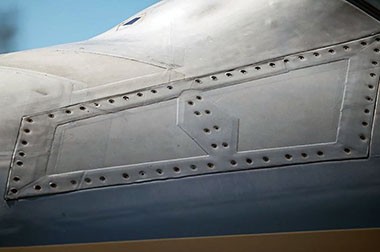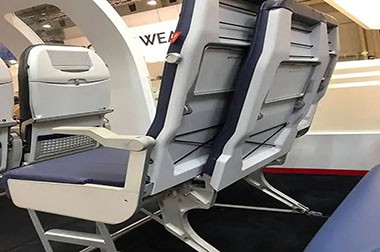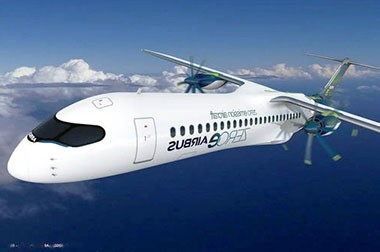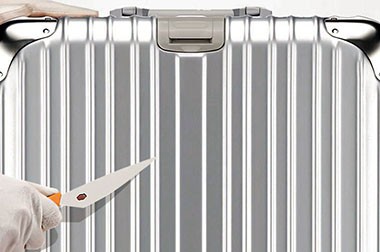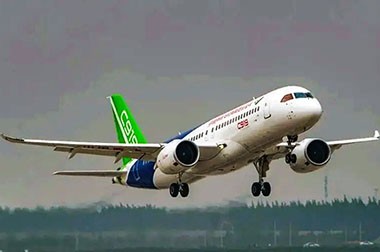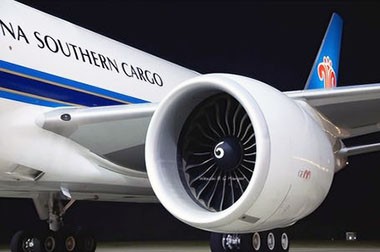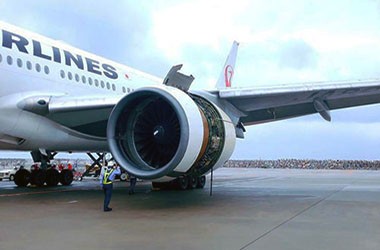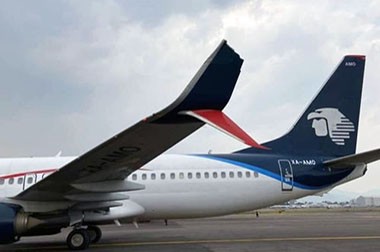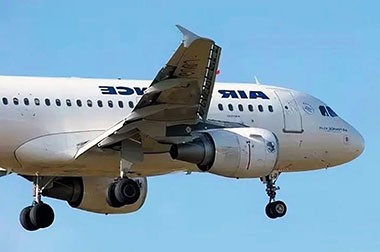What are the differences between aerospace aluminum alloys and ordinary aluminum alloys?
Aerospace aluminum alloys have significant advantages in performance, processing, and applications, making them suitable for use in high-strength and high-corrosion environments. In contrast, ordinary aluminum alloys are more suitable for everyday life and general industrial uses, emphasizing cost and ease of processing.
| Characteristics | Aerospace Aluminum Alloys | Ordinary Aluminum Alloys |
| Composition and Alloy Types | Typically contains alloying elements such as copper, magnesium, and zinc, with specific formulations | Composition is relatively simple, primarily aluminum with a small amount of alloying elements |
| Mechanical Properties | High tensile strength and yield strength, suitable for high-load applications | Lower strength, suitable for general applications |
| Plasticity and Toughness | Good plasticity and toughness after heat treatment | Lower plasticity and toughness, suitable for simple shape manufacturing |
| Weldability | Some aluminum alloys have good weldability, but high-strength alloys are prone to cracking | Generally good welding performance |
| Machinability | Good machining performance, but wears out quickly, requiring high-quality tools | Convenient machining with lower costs |
| Corrosion Resistance | Generally poor corrosion resistance, requiring surface treatment to enhance durability | Usually better, but performs poorly in highly corrosive environments |
| Application Fields | Aerospace, military, automotive, high-end equipment, etc. | Construction, home appliances, transportation, packaging, etc. |
| Cost | High production costs, difficult processing, and expensive | Lower costs, suitable for mass production |

Aerospace Aluminum Alloys
Aluminum is lightweight, has high strength, and is corrosion-resistant. Although it loses some strength at high temperatures, its strength increases at temperatures below zero, which is very useful in aerospace, as airplanes often operate in extremely low-temperature environments.
Almost all parts of the aircraft, such as the fuselage, wings, doors, floors, and seats, are made of aluminum, with very few components that can be replaced by other materials. For example, 80% of the fuselage of a Boeing 737 is made of aluminum.
Application of Aluminum Alloys in Aircraft Components
| Part | Material | Alloying Elements | Properties |
| Front legs of seat | Aluminum 2017, Aluminum 2024 | Copper, Magnesium | Good machinability, high strength, fatigue strength, corrosion resistance |
| Aircraft front frame | Aluminum 2024 | ||
| Seat ejection system | Aluminum 2024 | ||
| Backrest and armrest | Aluminum 6xxx | Zinc, Silicon | High strength, good formability and weldability, corrosion resistance |
| Aircraft body outer skin, framework, and ribs | Aluminum 6013, Aluminum 6050, Aluminum 7050, Aluminum 7079 | ||
| Wing covering, faceplate, ribs | Aluminum 7075 | Zinc, Magnesium, Copper | Highest strength, machinability, good formability |
| Rear legs of seat and seat frame | Aluminum 7075 | ||
| Wing spar, rib | Aluminum 7055-T77 | ||
| Wheels and landing gear struts | Aluminum 7055-T77 | ||
| Horizontal and vertical stabilizers | Aluminum 7xxx | ||
| Upper and lower wing skin | Aluminum 8090-T86, 2055-T8, 2199-T8E80 | Lithium, Copper, Magnesium | Low density, excellent fatigue strength, crack resistance |
| Aircraft floor structure | Aluminum 2090-T83, 2090-T62 | ||
| Ears structure | Aluminum 2090-T83 | ||
| Aircraft structural support members | Aluminum 8090-T651, 2090-T651 |
2024-T3
2024-T3 is composed of 4.5% copper, 0.6% manganese, and 1.5% magnesium. It is a top-tier high-strength aluminum alloy with fatigue resistance and is one of the most commonly used aircraft alloys. Although it is not suitable for welding and cannot be heat-treated, it is a good choice for repair work due to its excellent finish.
6061-T6
6061-T6 is composed of 0.25% copper, 0.6% silicon, 1.0% magnesium, and 0.25% chromium. This alloy also has good finish. In addition, it has excellent corrosion resistance and is very suitable for welding. Its strength and machinability are comparable to low-carbon steel, and it is heat-treatable.
3003-H14
3003-H14 contains 1.2% manganese and is the most widely used aluminum alloy. It is easy to machine, and although it cannot be heat-treated, its strength can be increased through cold working.
7075-T6
7075-T6 is composed of 1.6% copper, 2.5% magnesium, and 5.6% zinc. It is commonly used by aircraft manufacturers to enhance the structure of aircraft. Due to its 1.6% copper content, it has poor weldability, but excellent machinability. It is heat-treatable.
5052-H32
5052-H32 is composed of 2.5% magnesium and 0.25% chromium. This alloy has the highest strength in the non-heat-treatable aluminum alloy series and can have its strength increased through cold working. It also has excellent fatigue strength, corrosion resistance, and machinability, making it highly suitable for aerospace and marine applications.

